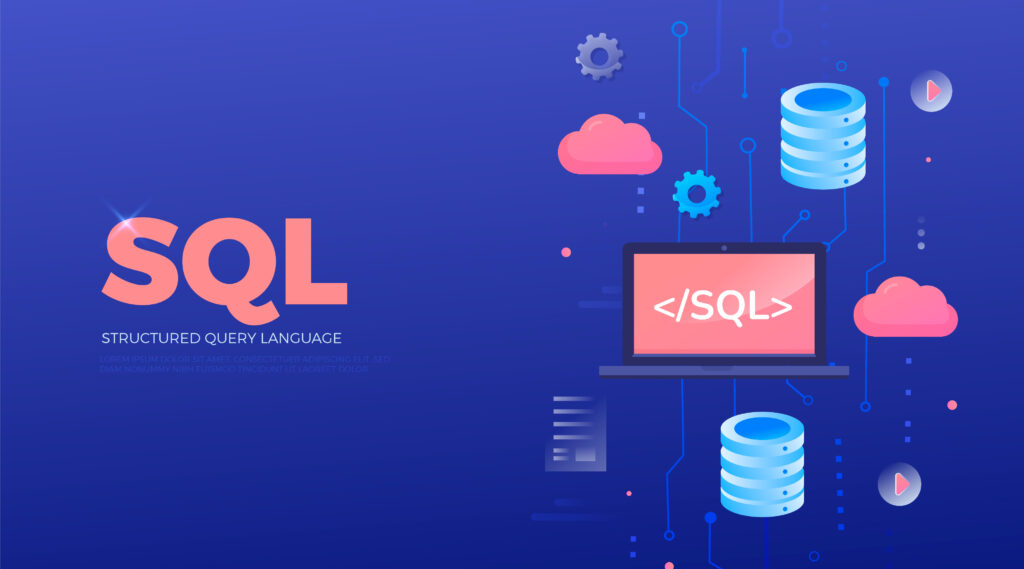Structured Query Language (SQL) Server is a powerful relational database management system widely used to store and manage data. As the backbone of many applications, it is crucial to ensure the security of SQL Server to protect sensitive information from unauthorized access or manipulation. SQL Server employs various security levels to safeguard data, and understanding them is essential for maintaining a robust and secure database environment.

-
Authentication:
At the foundation of SQL Server security is authentication. Authentication verifies the identity of users and ensures that only authorized individuals can access the database. SQL Server supports both Windows authentication and SQL Server authentication. Windows authentication relies on the user’s Windows credentials, while SQL Server authentication requires a username and password. Choosing the appropriate authentication method depends on the organization’s security policies and infrastructure.
-
Authorization:
Once a user is authenticated, the next layer of security is authorization. Authorization determines the level of access a user has within the SQL Server environment. SQL Server employs the principle of least privilege, meaning users are granted the minimum permissions necessary to perform their tasks. Roles and permissions can be assigned to users or groups, controlling their ability to execute queries, modify data, or manage the database structure. Managing authorization effectively is critical for maintaining data integrity and preventing unauthorized actions.
-
Encryption:
SQL Server provides encryption mechanisms to protect data both at rest and in transit. Transparent Data Encryption (TDE) encrypts the entire database, safeguarding data stored on disk. Additionally, SQL Server supports the use of Secure Sockets Layer (SSL) to encrypt data during transmission between the server and client applications. Implementing encryption ensures that even if unauthorized access occurs, the data remains unreadable and secure.
-
Auditing:
Auditing is a vital component of SQL Server security, enabling the monitoring and tracking of user activities. SQL Server’s auditing features allow administrators to capture events such as login attempts, data modifications, and permission changes. By reviewing audit logs, administrators can identify potential security threats, track user behavior, and respond promptly to any suspicious activity. Auditing enhances the overall security posture by providing insights into the database’s usage and potential vulnerabilities.
-
Firewall and Network Security:
SQL Server’s security extends beyond the database itself to include network and firewall configurations. Implementing network security measures, such as firewalls, helps protect SQL Server from external threats. By defining rules and access controls, administrators can restrict incoming and outgoing network traffic to and from the SQL Server, minimizing the risk of unauthorized access and potential attacks.
-
Data Masking and Obfuscation:
SQL Server offers data masking and obfuscation features to protect sensitive information from unauthorized exposure. Data masking replaces original data with fictitious or altered values, allowing developers and testers to work with realistic data without compromising privacy. This is particularly useful in non-production environments where sensitive information must be shielded from unauthorized access.
-
Security Updates and Patch Management:
Regularly updating and patching SQL Server is crucial for addressing known vulnerabilities and maintaining a secure environment. Microsoft releases security updates and patches to address emerging threats and enhance the overall robustness of SQL Server. A well-defined patch management strategy ensures that the database system is up-to-date and protected against the latest security risks.
Conclusion:
In conclusion, understanding the security levels of SQL Server is essential for maintaining a secure and resilient database environment. From authentication and authorization to encryption, auditing, and network security, each layer plays a crucial role in safeguarding sensitive data from unauthorized access and potential threats. Database administrators and IT professionals must adopt a holistic approach to SQL Server security, implementing best practices and staying vigilant to evolving security challenges. By doing so, organizations can ensure the integrity, confidentiality, and availability of their data, fostering trust and confidence in their database systems.